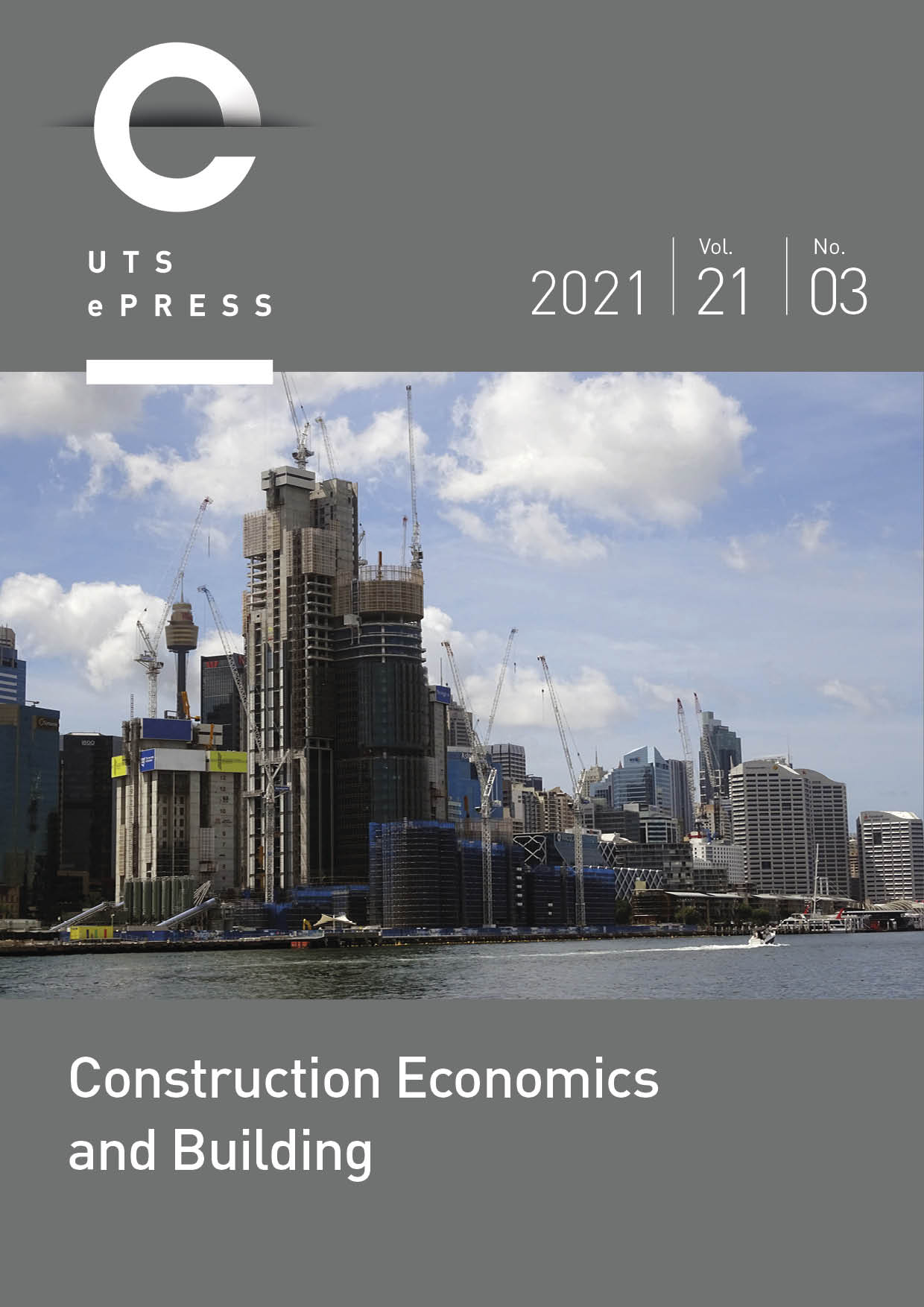Integrated Model and Index for Circular Economy in the Built-Environment in the Indian Context
Main Article Content
Abstract
Sustainable development aims at minimising waste and reducing exploitation of natural resources and energy, so that needs of the future generations are taken care of. Circular Economy (CE) is a new drift towards sustainability that aims at minimising waste and promoting material reuse, thereby creating a regenerative system. The construction industry is responsible for the extraction of raw materials and the generation of waste in large quantities, thereby making it an opportune sector for transition to a circular economy. On account of the complex nature of the built environment comprising various phases and associated actors, a proper framework or indexing for the circular economy is missing at present. This study aims to develop an integrated model of CE in the built environment which considers various construction stages and applicable strategies. An index for measuring the circularity potential in construction materials is also proposed, based on attributes developed from literature review and analysis of questionnaire survey. Simple Additive Weighting Method (SAWM), an elementary multi-criteria decision-making method is used for developing the index. It is anticipated that Circular Economy Potential Index (CEPI) would support decision-making in the initial stage of construction projects and help to compare the circularity of materials.
Article Details
Section
Authors who publish with this journal agree to the following terms:
a) Authors retain copyright and grant the journal right of first publication with the work simultaneously licensed under a Creative Commons Attribution License that allows others to share and adapt the work with an acknowledgement of the work's authorship and initial publication in this journal.
b) Authors are able to enter into separate, additional contractual arrangements for the non-exclusive distribution of the journal's published version of the work (e.g., post it to an institutional repository or publish it in a book), with an acknowledgement of its initial publication in this journal.
c) Authors are permitted and encouraged to post their work online (e.g., in institutional repositories or on their website) prior to and during the submission process, as it can lead to productive exchanges, as well as earlier and greater citation of published work (See The Open Access Citation Advantage Service). Where authors include such a work in an institutional repository or on their website (ie. a copy of a work which has been published in a UTS ePRESS journal, or a pre-print or post-print version of that work), we request that they include a statement that acknowledges the UTS ePRESS publication including the name of the journal, the volume number and a web-link to the journal item.
d) Authors should be aware that the Creative Commons Attribution (CC-BY) License permits readers to share (copy and redistribute the work in any medium or format) and adapt (remix, transform, and build upon the work) for any purpose, even commercially, provided they also give appropriate credit to the work, provide a link to the license, and indicate if changes were made. They may do these things in any reasonable manner, but not in any way that suggests you or your publisher endorses their use.
